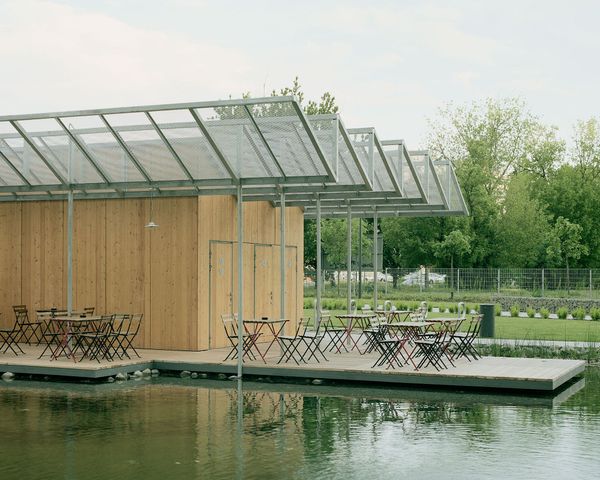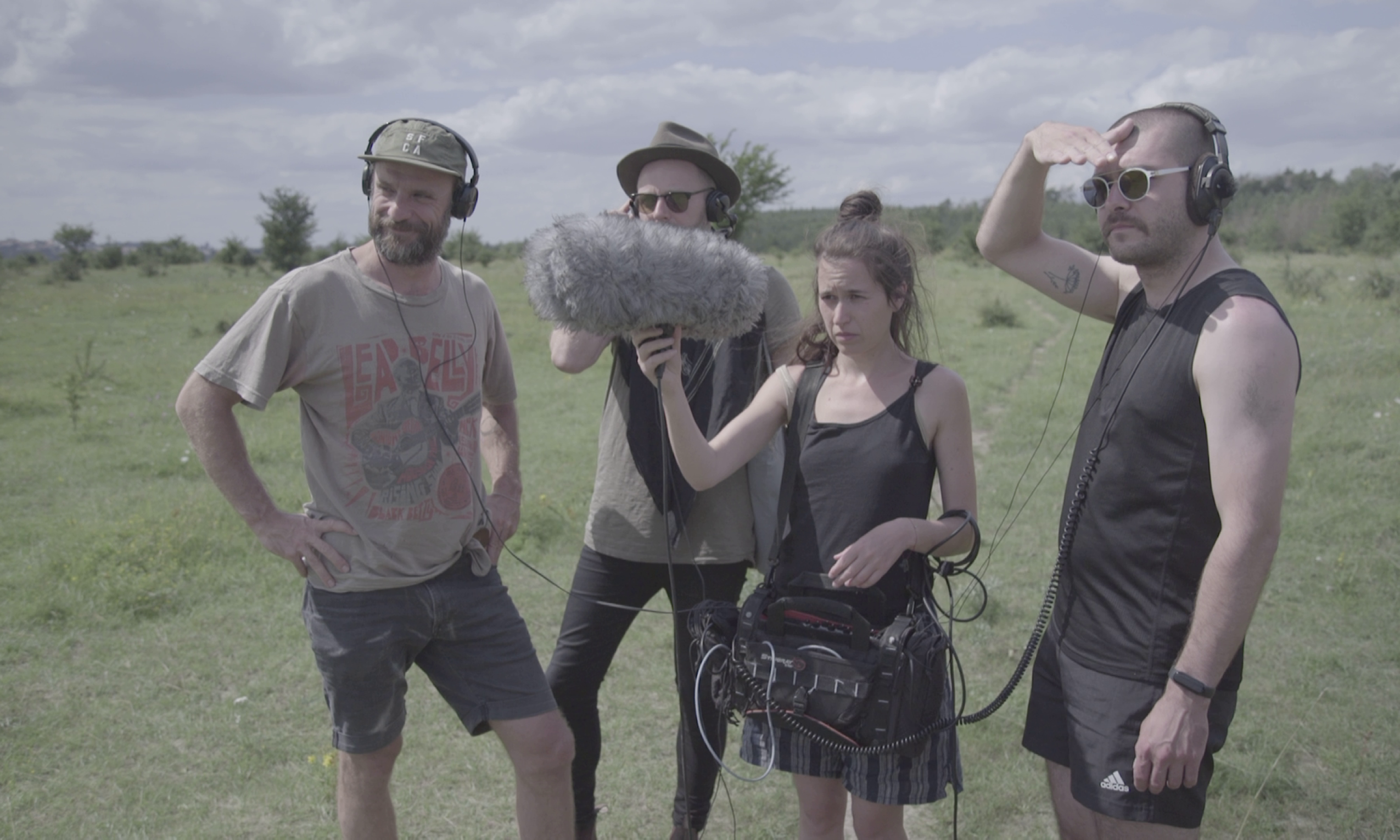The question above may sound strange at first, but it is in fact the starting point for a very exciting expedition.
A Czech multidisciplinary art project, Future Landscapes, this truly diverse cast of characters explores the next stages of climate change using sound as a tool. Climate change and climate anxiety are ecological, economic, and social issues that require complex research. The expedition’s researchers all come from creative backgrounds. The team consists of a keen documentary filmmaker, an ecologist-philosopher, composers, cultural producers, an enthusiastic sound collector, and sound engineers. Thanks to their special sound instruments, they are able to capture the most hidden technological processes and phenomena that are impossible to register with our ears.
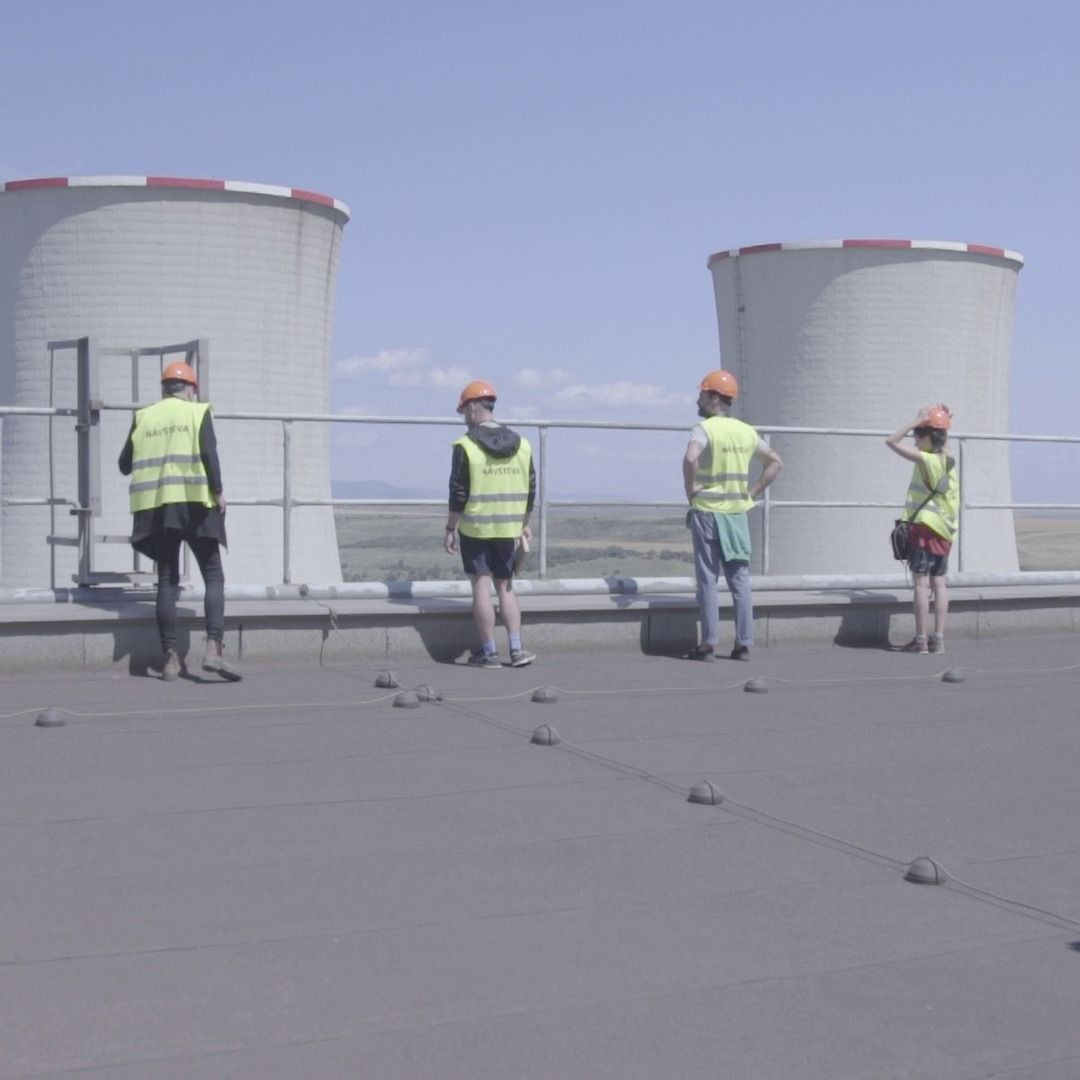
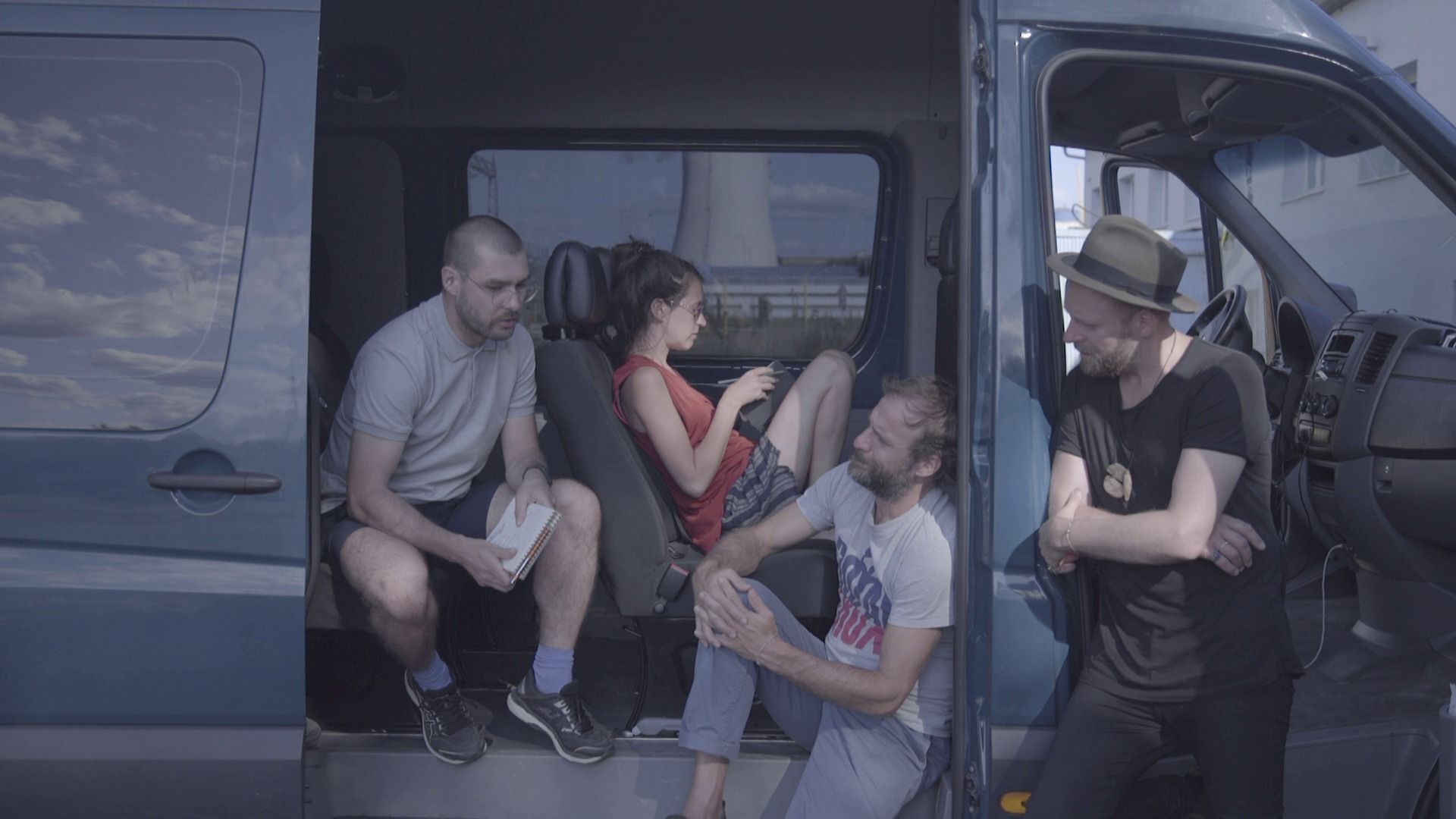
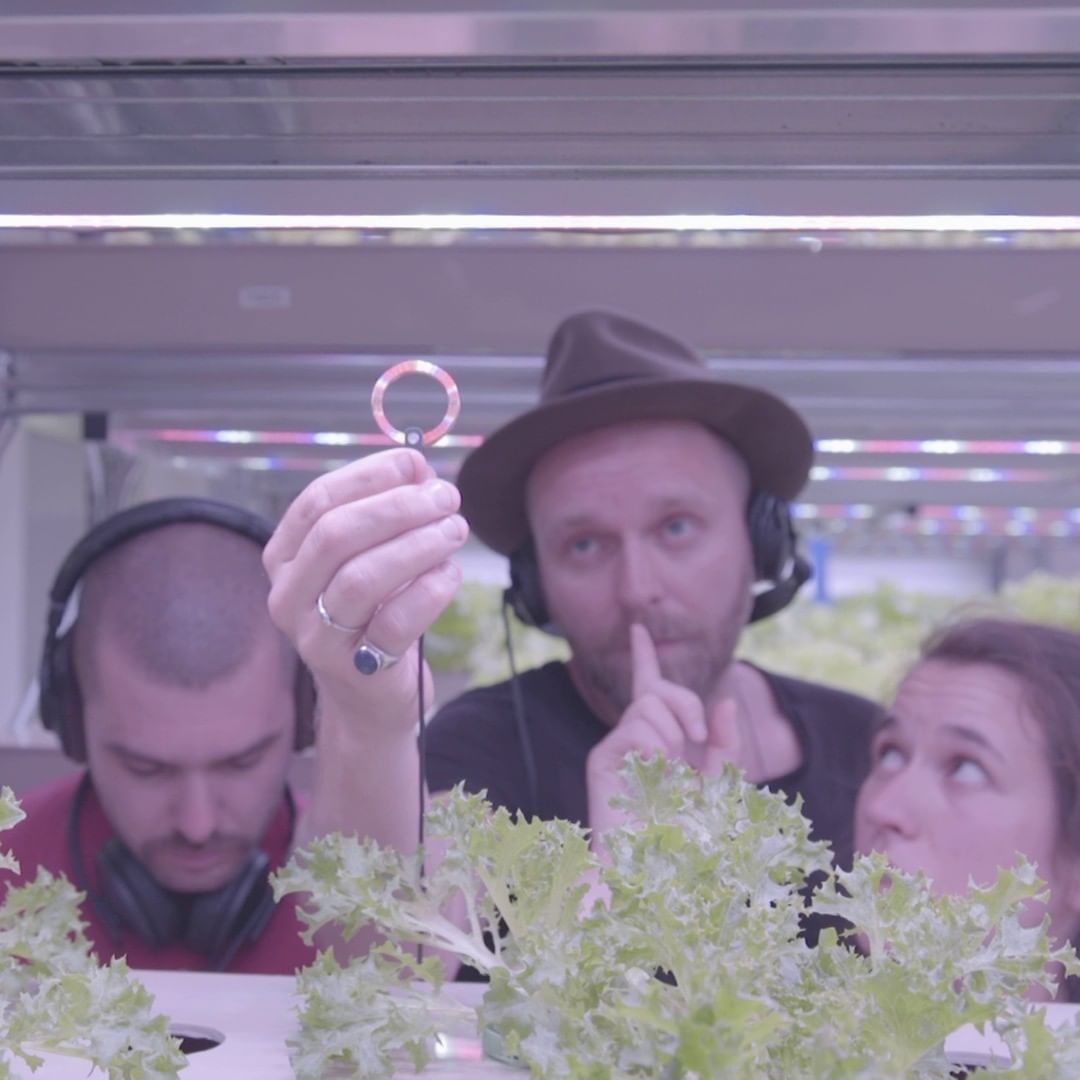

The locations of the expedition are also very special, with research taking place in Iceland and the Czech Republic. Iceland’s distinctive environmental characteristics make it possible to collect sounds from places such as the Hellisheiði geothermal power plant with the help of the CarbFix underground carbon dioxide storage technology, the beautiful Fjallsárlón glacial lagoon, or even a volcano, or a hydroelectric power plant. The Czech sites are just as unusual, as the team has visited the Tušimice coal-fired power plant, the Kaly aquaponic farm, and the Milovice rewilding reserve, which used to be a military proving ground. As interesting as visiting these fascinating sites sounds, it is also the most challenging part of the project. “It’s physically demanding, both because of the climate and because we spend a lot of time in each location. The concentrated and long listening sessions put strain both on the body and the mind, which is why it was sometimes a challenge to get the participants to cooperate—since we have different tolerance levels, these experiences affect everyone uniquely,” shares documentary filmmaker Ivo Bystričan.
The project aims to make the audience consider the circumstances of our planet through the perception of the sounds of our infrastructure. “Our goal is to question the boundary between ‘artificial’ and ‘natural’. Both the film and the music are an invitation to think about change, the organization of industrial relations, and the role of humans in ecosystems and landscapes,” Tereza Swadoschová, one of the creative producers of Future Landscapes, tells us.

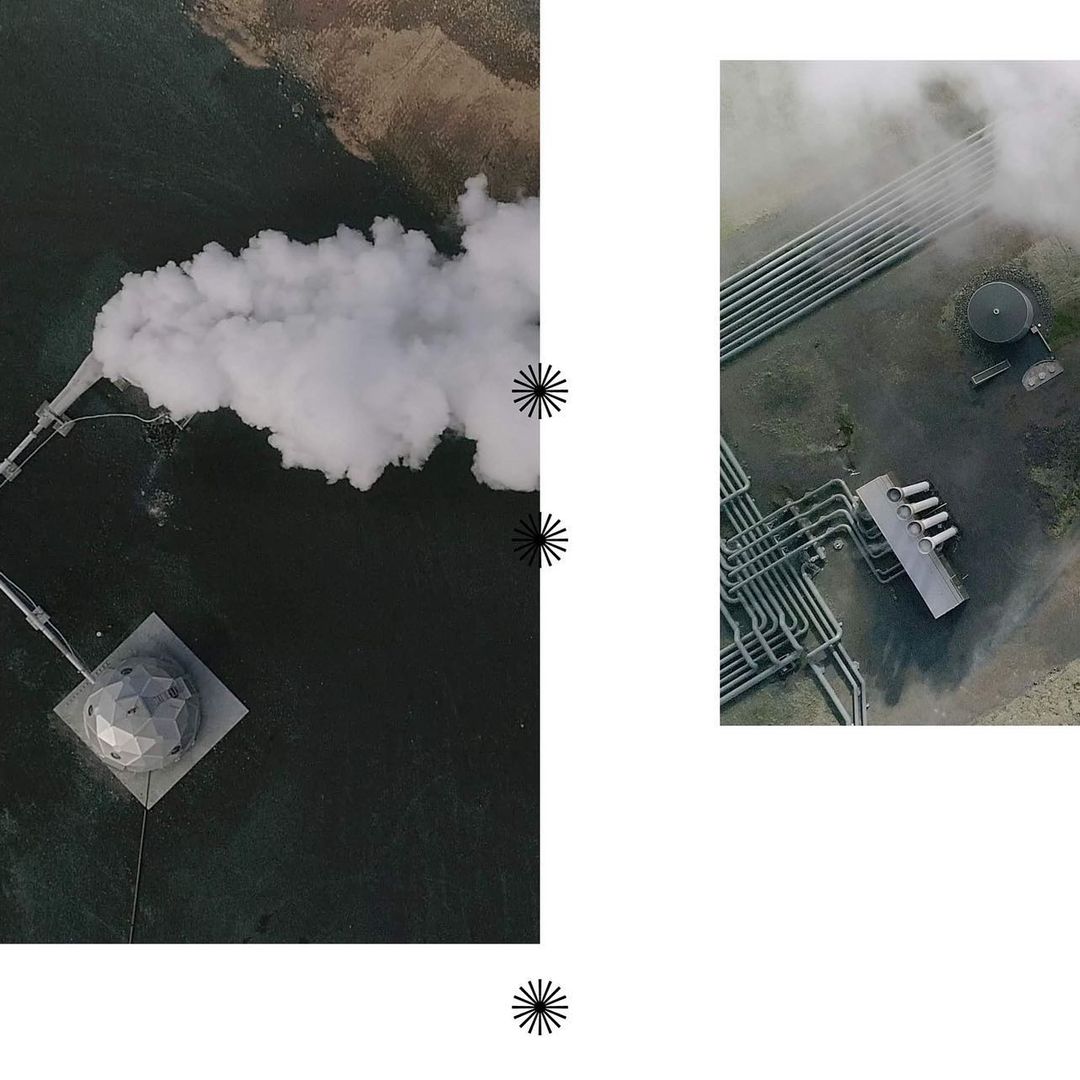

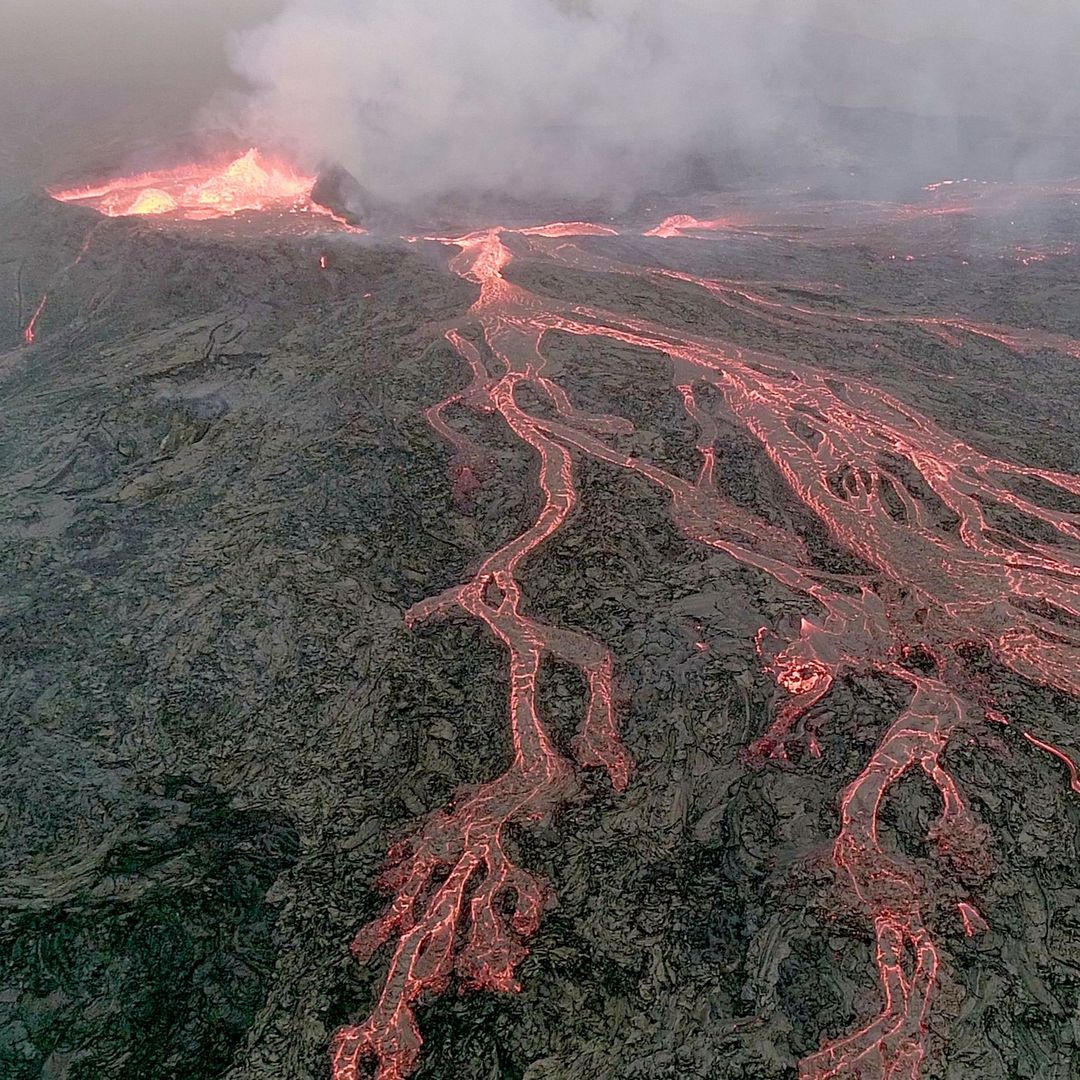
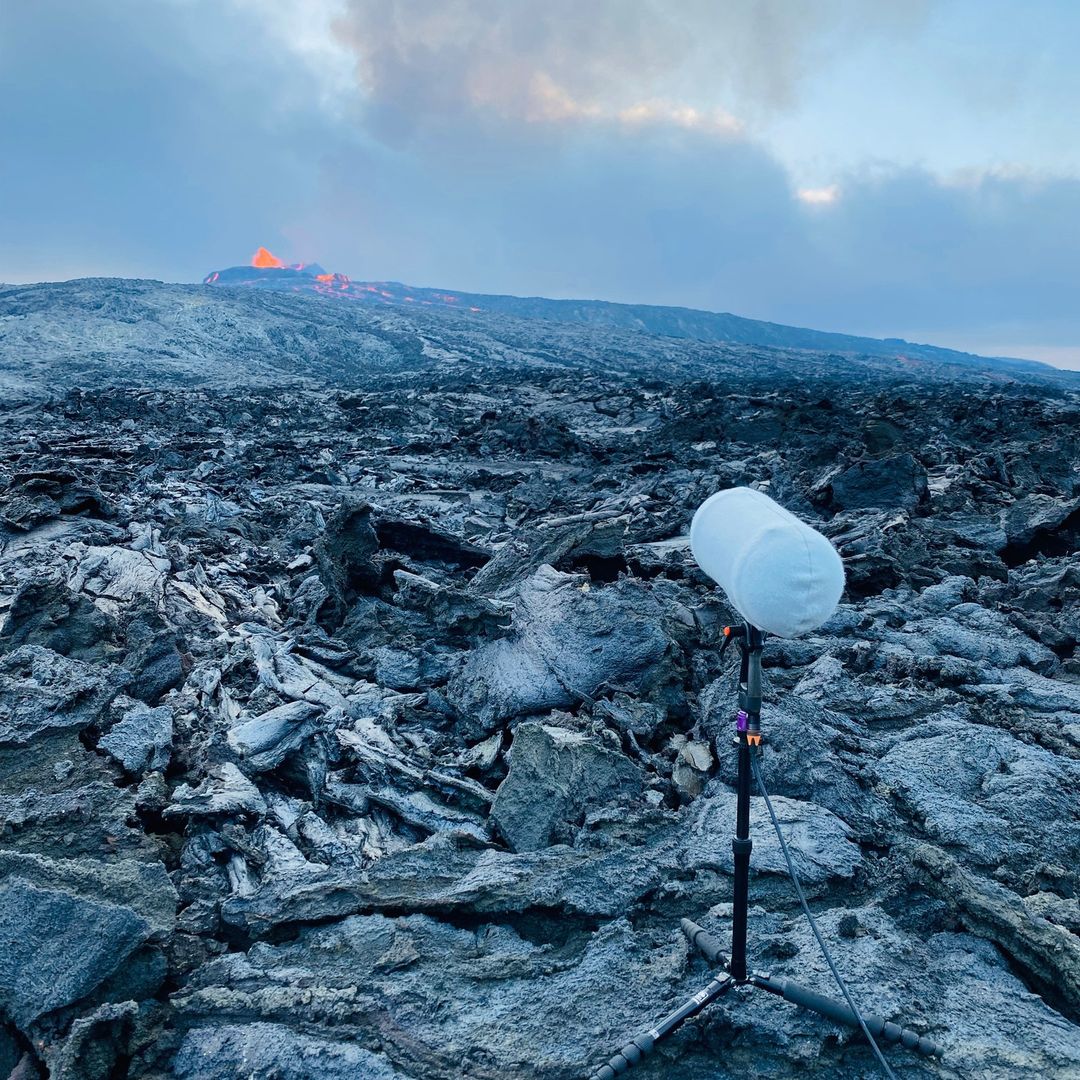
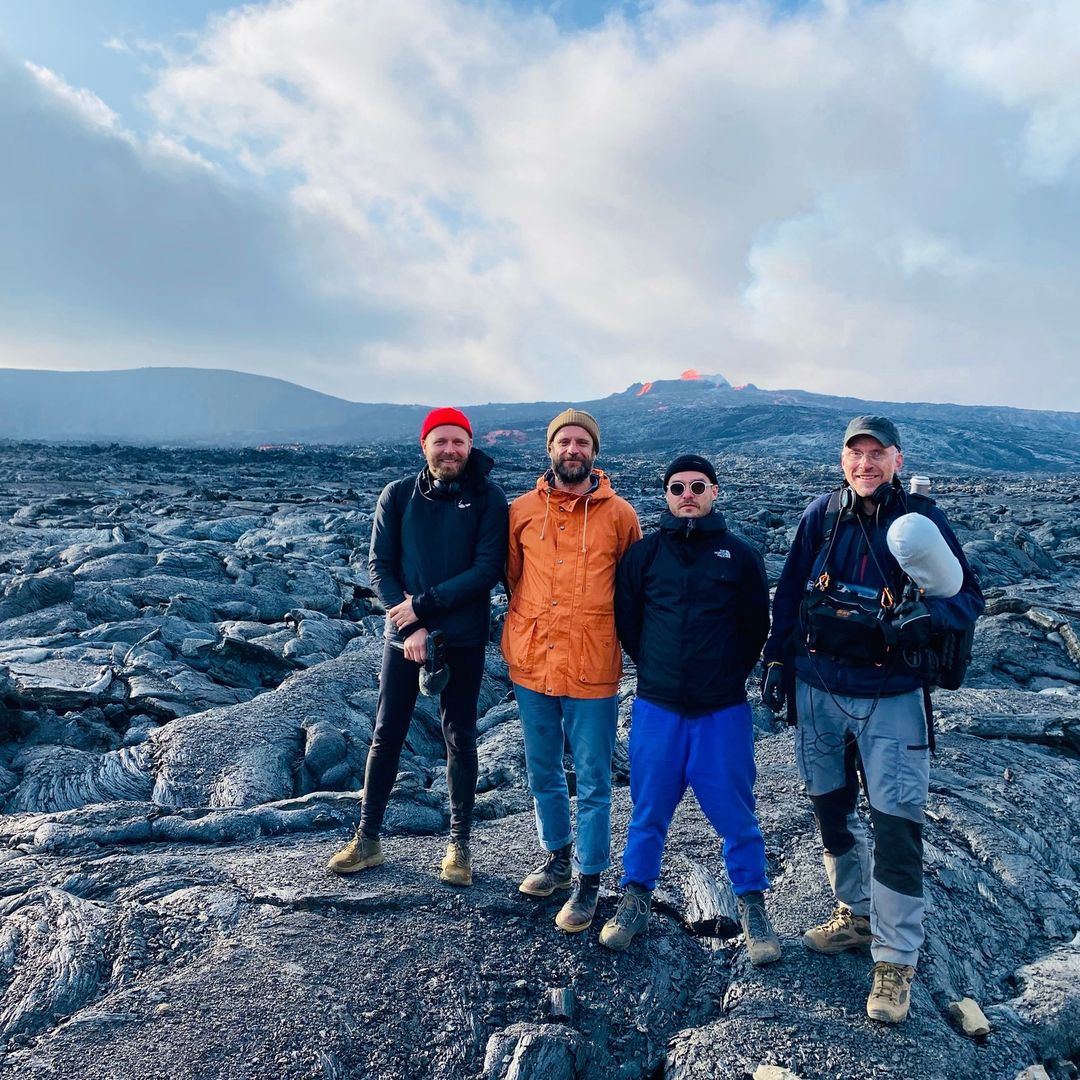
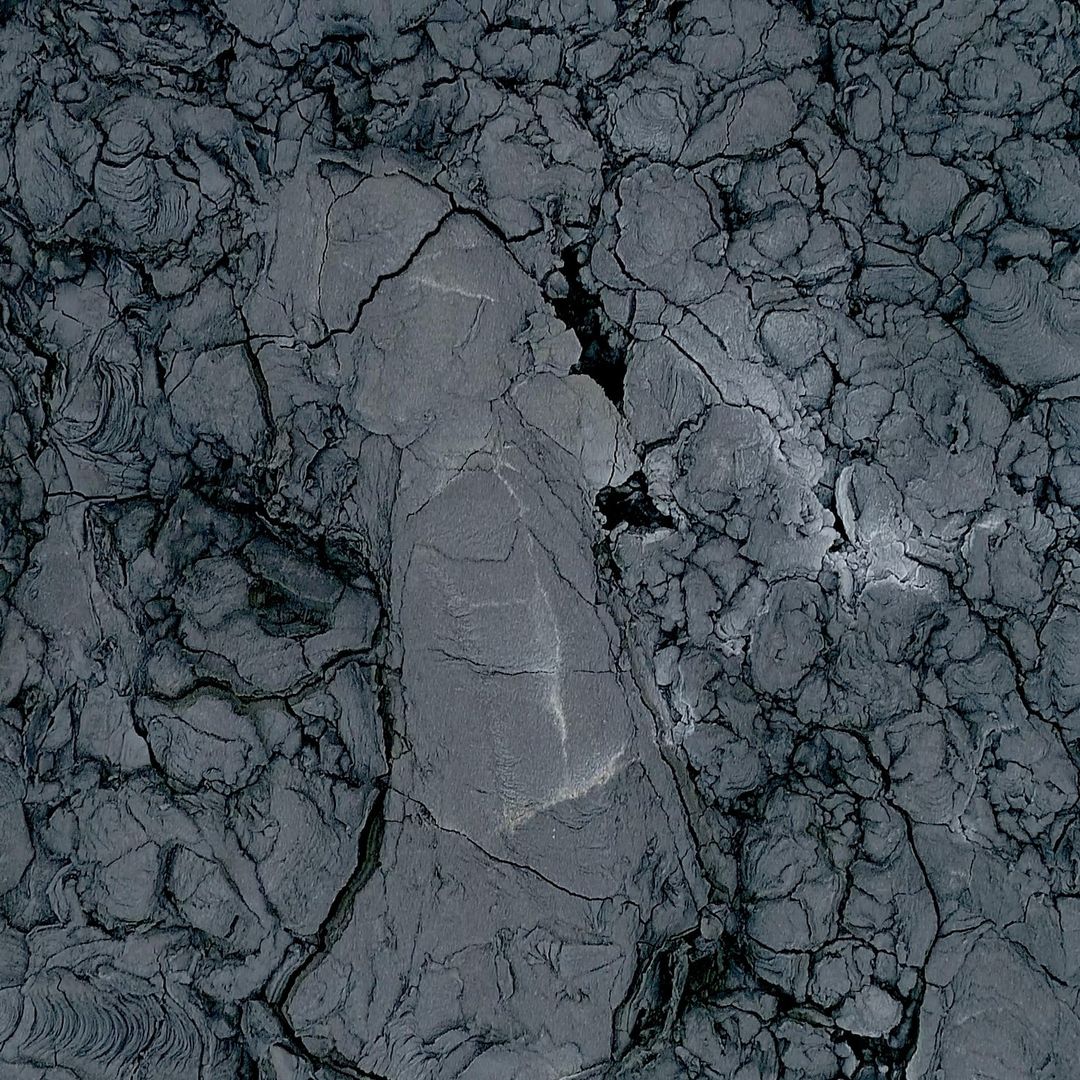
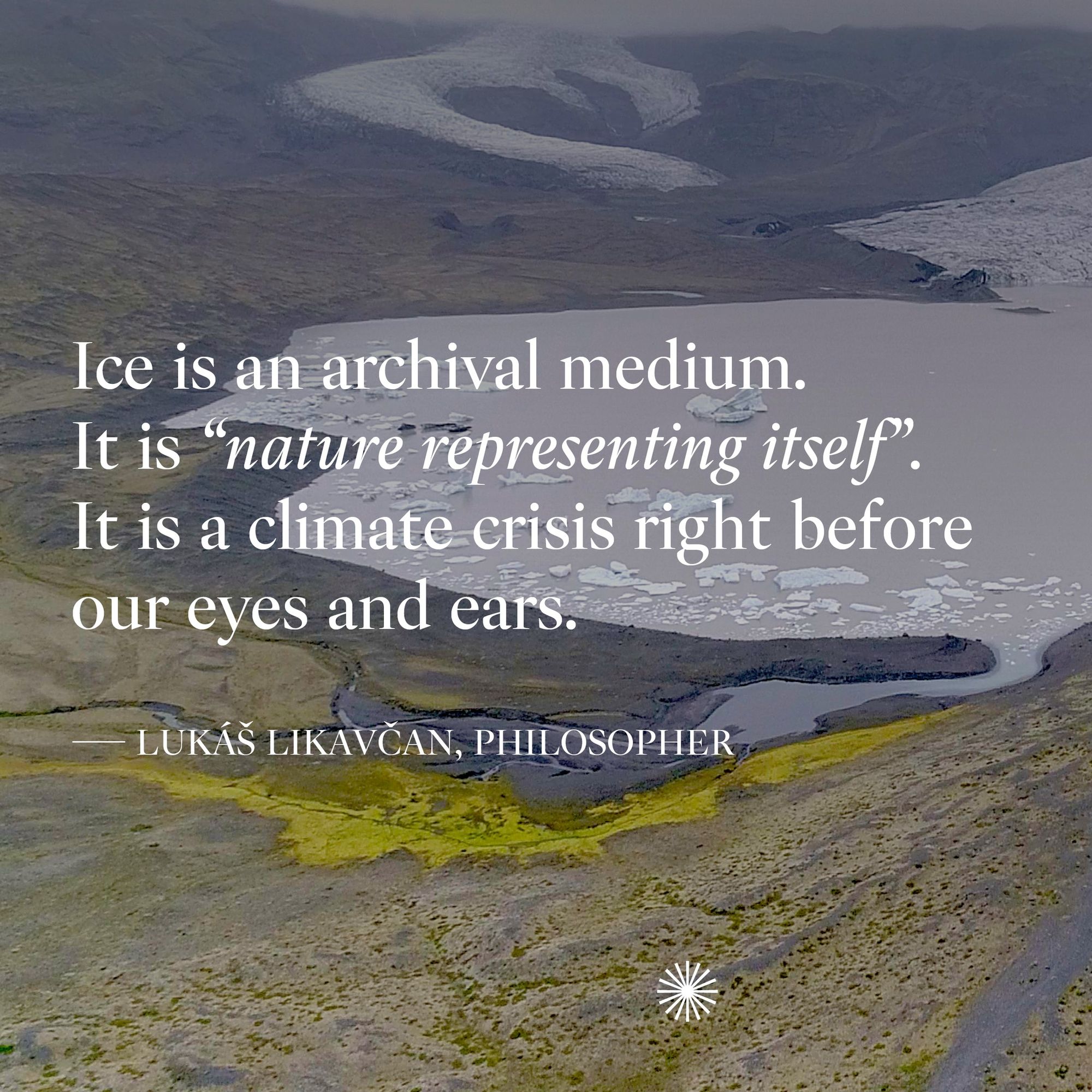
“By listening colsely to technological objects, we perceive them as subjects endowed with a certain autonomy. Through sound and our planet’s technosphere, we experience the challenges of the climate crisis—even the vocal manifestations of these entities have social and political implications.”
But what lesson can be drawn from this? “Sound is a powerful, invisible physical quantity that permeates everything, including ourselves,” answers Ivo without hesitation. “The voice of infrastructures speaks very clearly about how far we are from controlling our own inventions. We should pay much more attention to the autonomous life of our devices. Voices can reveal much more complex relationships than we consider in our social and political debates. Unlike the image, sound also reveals the diversity of geological times, and we find ourselves at their intersections.”


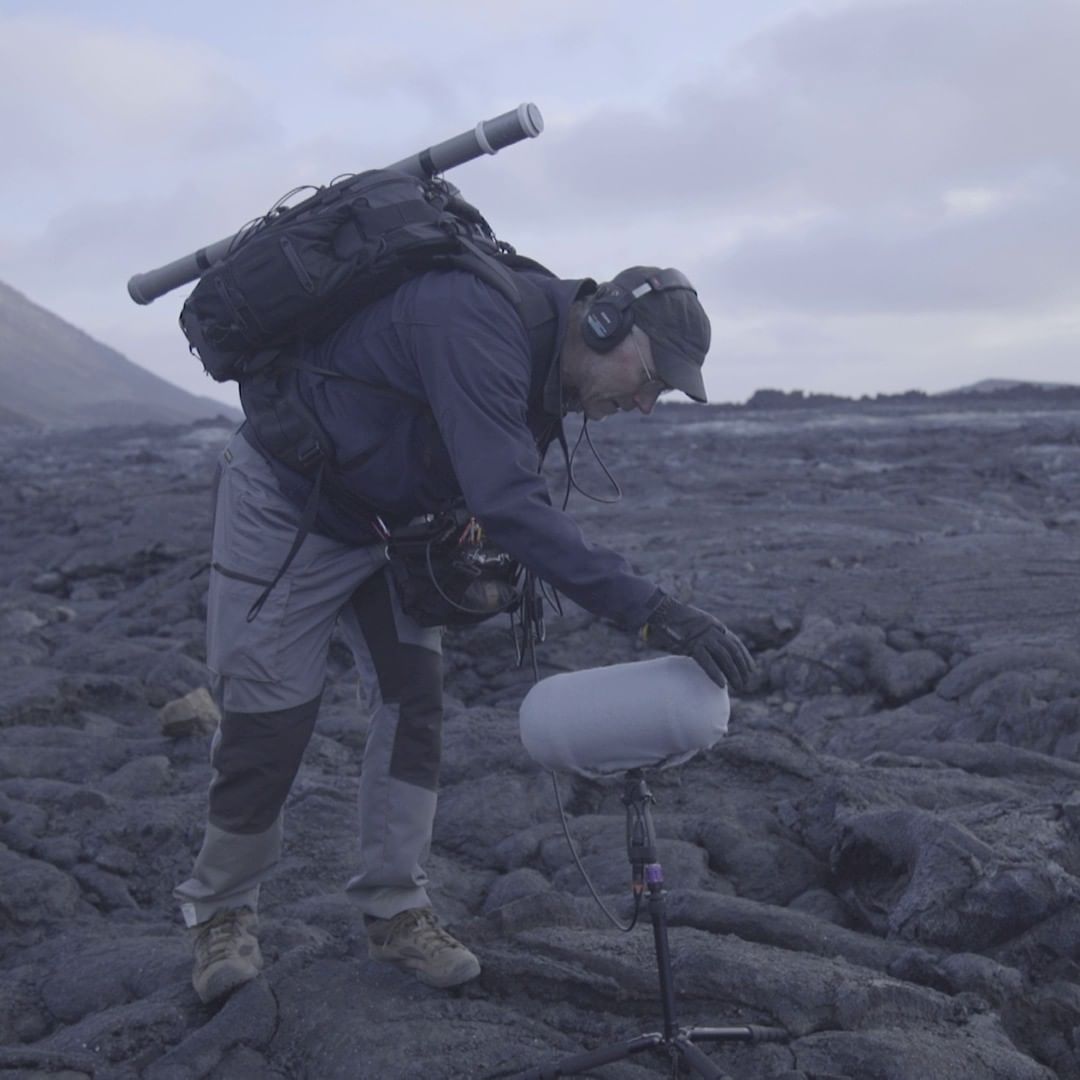
The expedition is accompanied by an audio archive, a travel diary, a music album, and a documentary film, through which you can also follow the research processes.
Follow the expedition on the official Future Landscapes website.
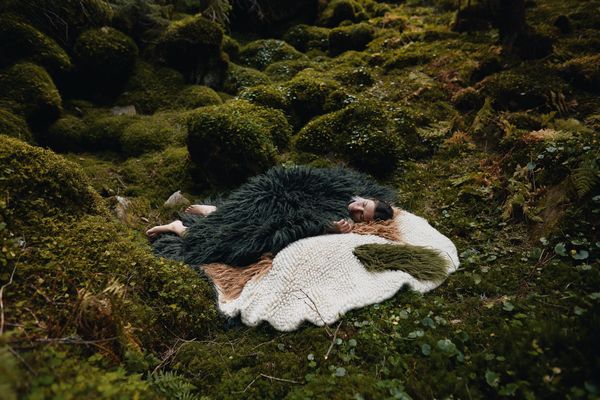
Woven with prestige|Gushka Wool

Double or nothing | New collection by Dulis Shoes x Alex Proba
